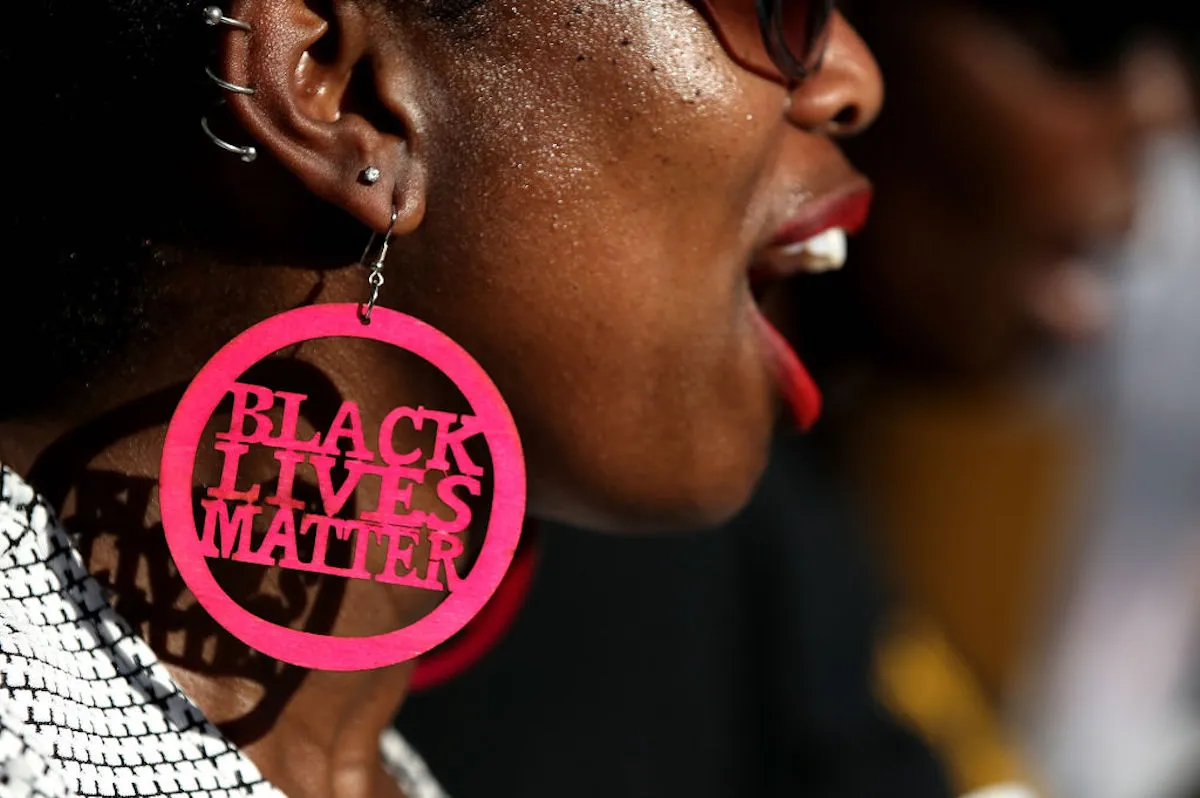The New York Times has an interesting profile up on a young girl named Ashlyn and her family, who’ve gathered a unique group of families and children around a single condition they have in common: a congenital insensitivity to pain. Ashlyn, and other children like her, don’t feel physical pain, and while that’s a state many people might be interested in achieving, it has presented a significant challenge to her parents and caretakers.
An quick instinctual learning curve for others has been a life-long process for Ashlyn, and even now at the age of thirteen, she’s still done things like unthinkingly reaching into a boiling pot of water to fish out the spoon she just dropped. Her parents have enlisted the help of their entire community to make sure Ashlyn stays safe at school and elsewhere, but found a lot of difficulty finding other families dealing with the mysterious condition. That is, until they went to her local newspaper, which was picked up by the Associated Press, which made it to the internet, at which point they were offered several appearances on national news shows. That was the point, finally, when scientists, researchers, and other families (including two adult twin sisters with the condition) started to contact them.
From the New York Times:
Dr. Roland Staud, a professor of medicine and rheumatologist at the University of Florida, heard about Ashlyn and invited the Blockers to Gainesville, where for 15 years he has been conducting research into chronic pain. The implications of her condition were profound. She was an anomaly of nature. Over the next few years, Staud tested Ashlyn’s genetic material and eventually found two mutations in her SCN9A gene. That same gene, mutated in a different way, led to severe pain and chronic pain syndromes. If he could understand how the mutation worked in Ashlyn, Staud theorized, he might be able to turn it off in people with chronic pain.
Inspired by one of Ashlyn’s dreams, her mom organized an outdoor weekend getaway for children with congenital insensitivity to pain and their families, with hayrides, s’mores, crafts, and other families who understood why they were all keeping an eagle eye on their children for bumps and scrapes, and testing each s’more to make sure it was cool enough. The entire article is a pretty fascinating read, full of some intrepid mothers, daughters, and sisters dealing with the downsides of what in many fictional stories is designated a superpower. You can find it here.








Published: Nov 15, 2012 02:00 pm